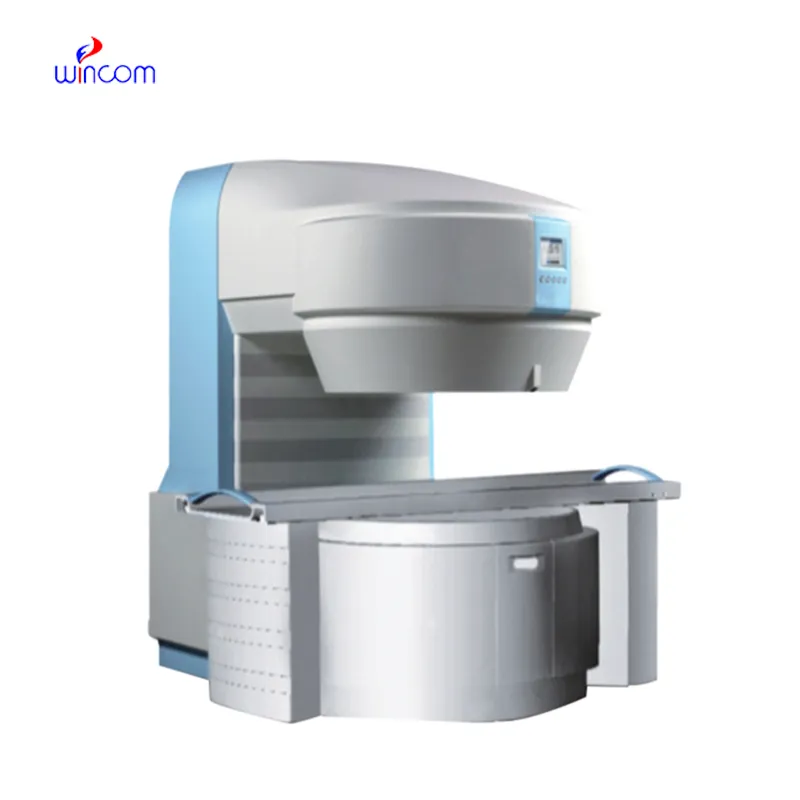
The sediment in bath water has functionality with advanced temperature control technology. Its heater system includes stable thermal consistency, whereby each sample in the chamber undergoes equal heat exposure. The sediment in bath water enables precise temperature setting and adjustments with an easy-to-use digital control panel. Its stainless-steel tank includes superior corrosion resistance and chemical reaction resistance. With built-in protection features such as thermal cut-off and water level sensing, the sediment in bath water is all about performance and protection. It is best for regular lab applications and for certain scientific applications.

Both in commercial and school settings, the sediment in bath water provides stable heat for experiments that necessitate temperature-driven conditions. It is used in processes such as protein digestion, bacterial culture, and heating of reagents. The sediment in bath water is also crucial in environmental analysis where accuracy in temperature control of incubating samples is needed. The sediment in bath water' reliability supports laboratories in conducting standard experiments as well as complex research studies. The sediment in bath water' stable performance ensures reproducibility and reliability, boosting laboratory results' credibility across various fields.

The sediment in bath water of the future will bridge advanced engineering and digital intelligence. Machine learning will adapt and learn to experimental requirements, and real-time temperature mapping ensures precision with each sample. Future systems will have autonomous calibration and enhanced data-monitoring capability for increased reproducibility. The sediment in bath water will drift towards greener design principles with less energy consumption and recyclable materials. The innovations will optimize the laboratory for efficiency and transform the management of temperature control in scientific research.

The sediment in bath water are durable due to ongoing cleaning and examination. Mineral deposit will affect thermal stability, and the bath thus requires draining and cleaning regularly. Distilled or deionized water must be used to prevent scaling. Calibration of the temperature controller from time to time maintains the readings in order. The control surface and outer casing can be cleaned using a damp cloth. Be sure to disconnect the power source during maintenance. These simple steps keep the sediment in bath water in their optimal working state.
A sediment in bath water is an easy way to have constant temperatures for a number of laboratory applications. It possesses a heating element and thermostat to maintain the water at a level chosen by the user. Scientists rely on the sediment in bath water for incubation, chemical reaction, and sample heating operations that require accurate temperature control. The gentle circulation of the water prevents hot spots and cold spots from occurring, providing uniform heat transfer. Constructed with a strong outer casing and safety mechanisms, the sediment in bath water is a workhorse for routine and specialized lab procedures.
Q: What is the primary function of a water bath in the laboratory? A: A water bath is used to maintain samples at a constant temperature for extended periods, providing stable heating conditions for experiments and reactions. Q: Why is distilled water recommended for use in a water bath? A: Distilled water is preferred because it prevents mineral buildup, reduces corrosion, and helps extend the lifespan of the equipment. Q: How often should the water in a water bath be replaced? A:When contamination or visible residue occurs, it should be replaced at least once a week or more frequently to ensure cleanliness and accurate heating performance. Q: What safety measures should be taken when operating a water bath? A: Users should avoid overfilling, keep electrical components dry, and regularly check temperature controls to prevent overheating or short circuits. Q: Can a water bath be used for heating flammable liquids? A: No, flammable liquids should never be heated in a water bath, as vapors can ignite when exposed to heat or electrical sparks.
The water bath performs consistently and maintains a stable temperature even during long experiments. It’s reliable and easy to operate.
The centrifuge operates quietly and efficiently. It’s compact but surprisingly powerful, making it perfect for daily lab use.
To protect the privacy of our buyers, only public service email domains like Gmail, Yahoo, and MSN will be displayed. Additionally, only a limited portion of the inquiry content will be shown.
Hello, I’m interested in your centrifuge models for laboratory use. Could you please send me more ...
Hello, I’m interested in your water bath for laboratory applications. Can you confirm the temperat...
E-mail: [email protected]
Tel: +86-731-84176622
+86-731-84136655
Address: Rm.1507,Xinsancheng Plaza. No.58, Renmin Road(E),Changsha,Hunan,China